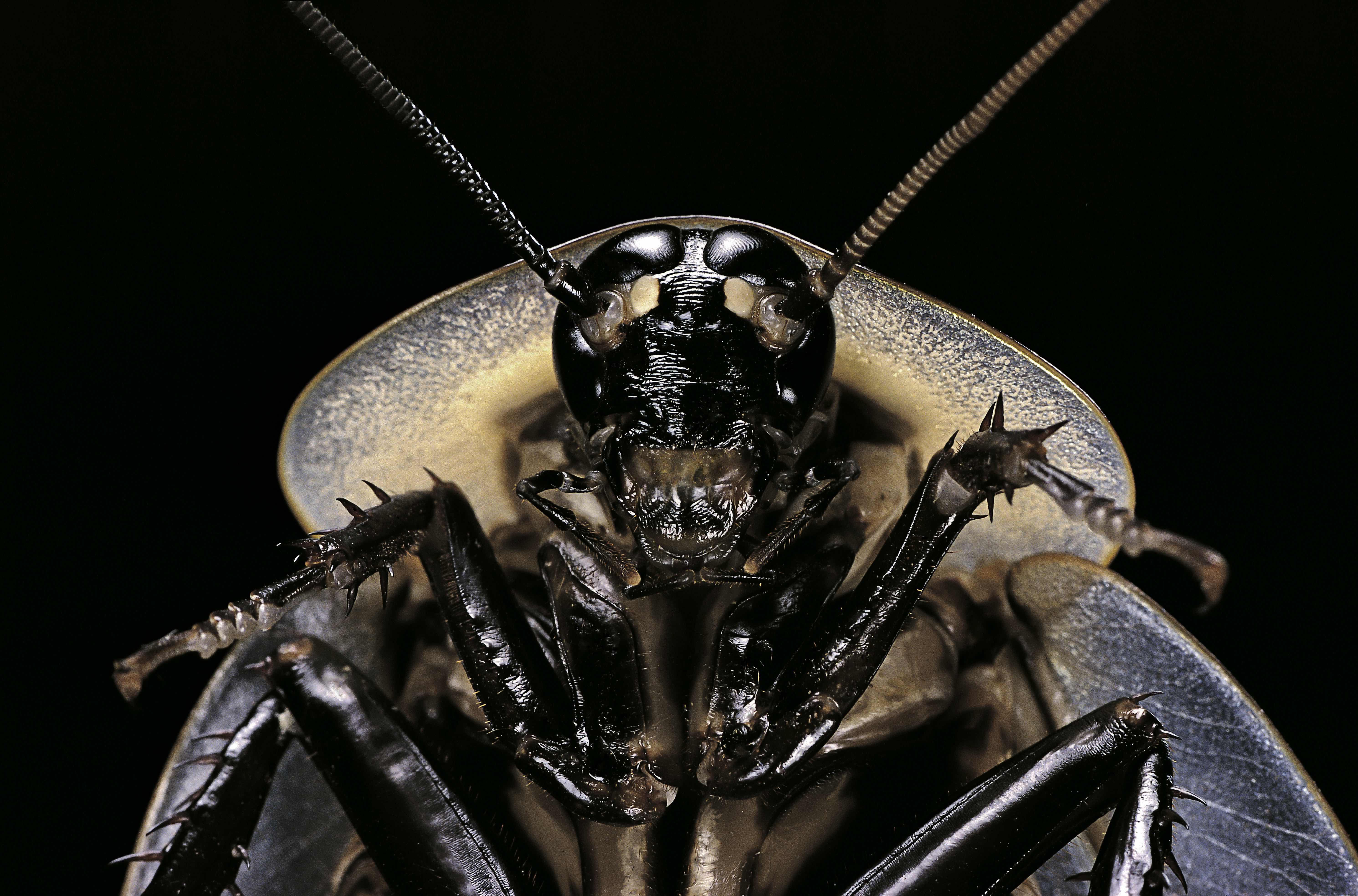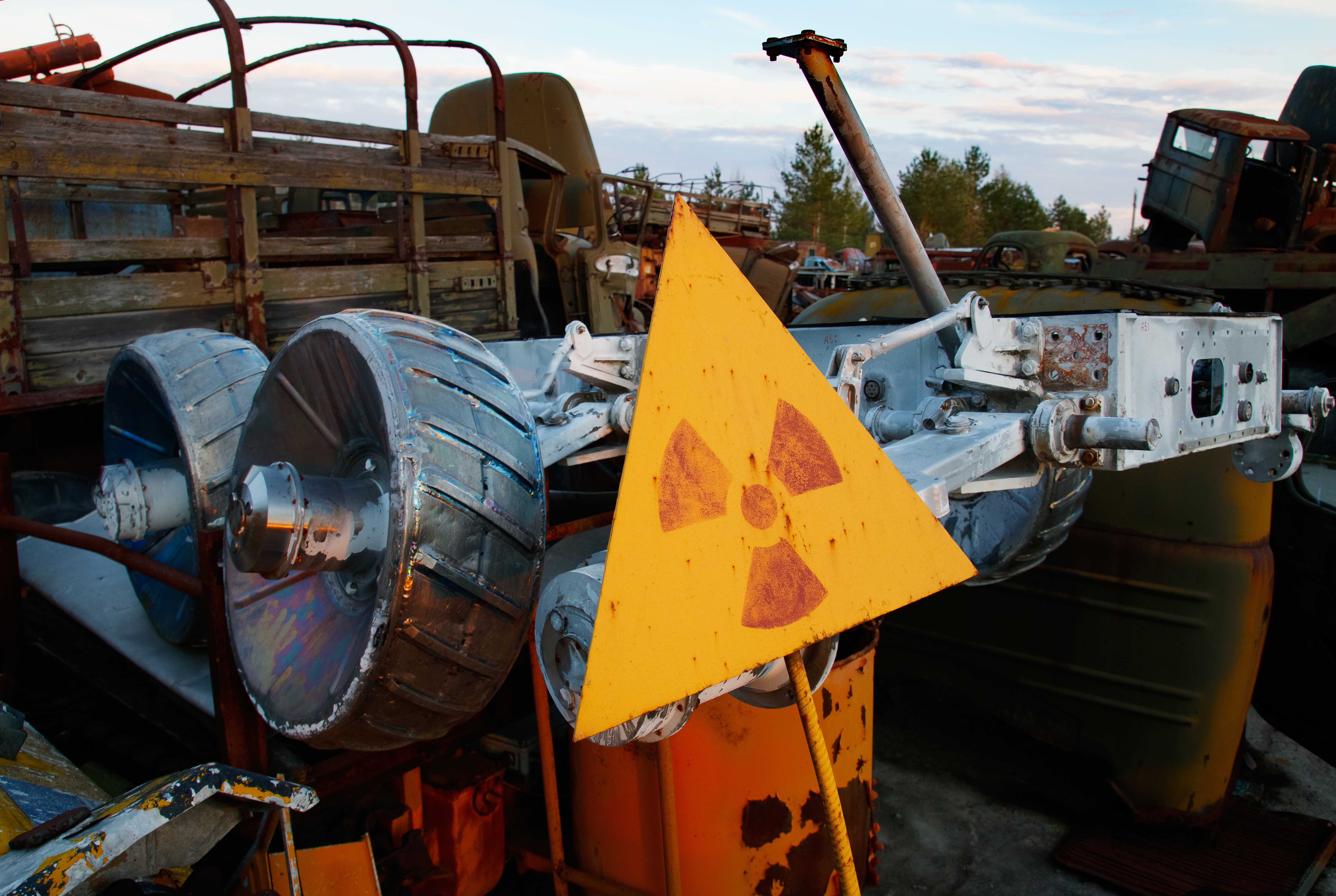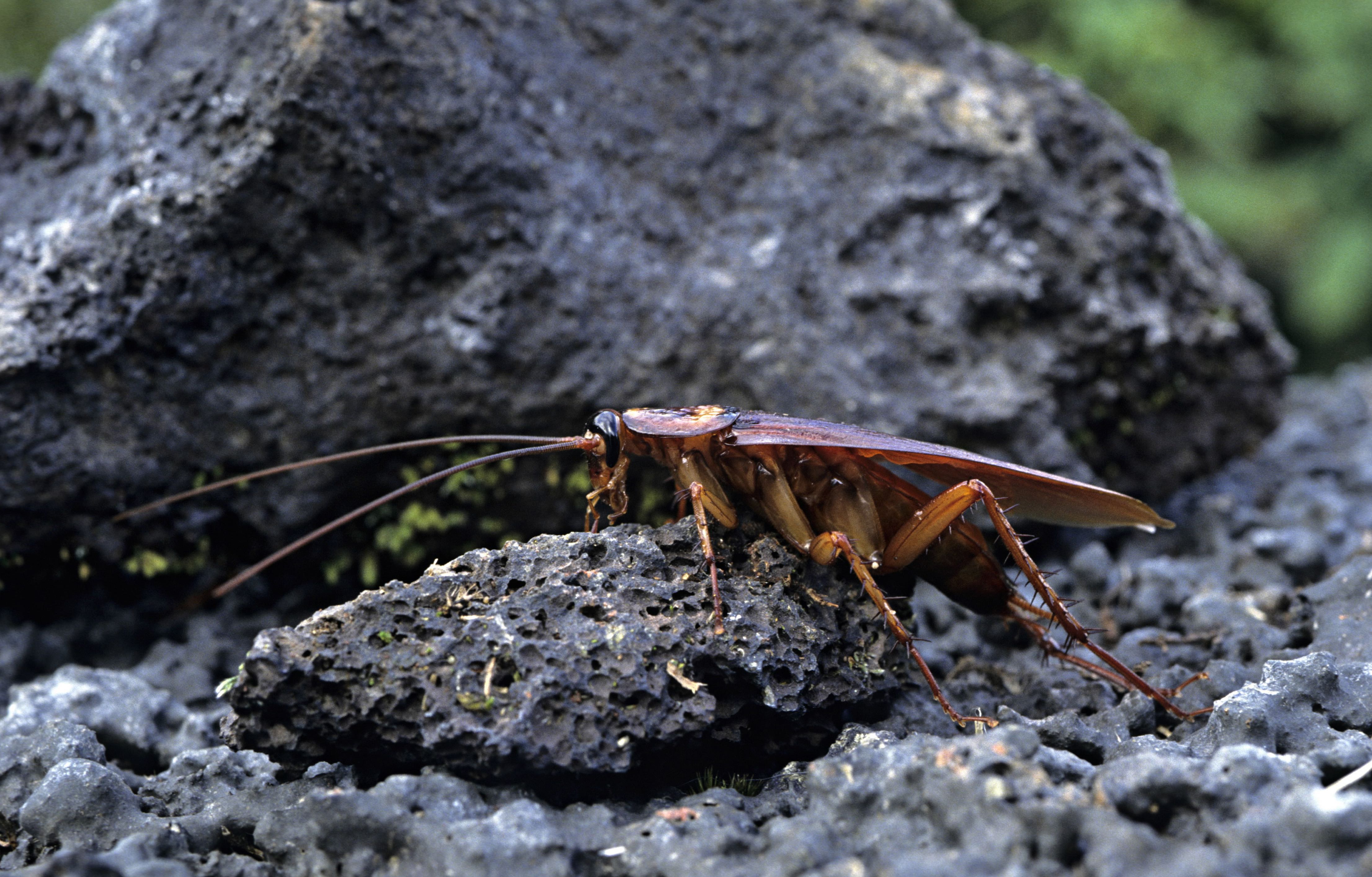
Health & Medicine
Fukushima: The misery piles up

Cockroaches have a reputation for resilience, even when it comes to surviving a nuclear bomb and radiation - but would they really outlive us all?
Published 14 February 2019
The 2008 film Wall-E depicted Earth as a post-apocalyptic wasteland with nothing on it but the abandoned remnants of human society and a forlorn, trash-compacting robot. The titular robot’s only living company is a surprisingly adorable pet cockroach named Hal, Pixar’s nod to the popular myth that cockroaches will outlive us all.
Despite Hal’s sympathetic portrayal, many people think cockroaches are pretty gross.

But the creepy crawlies do have a reputation for resilience, likely contributing to the belief that they could even survive a nuclear bomb and subsequent radiation exposure.
Media reports have suggested that the cockroach myth stems from rumours that insects thrived in the aftermath of the atomic bombings of Hiroshima and Nagasaki.
But School of Population and Global Health Professor Tilman Ruff, a Nobel Laureate who studies the health and environmental consequences of nuclear explosions, says he has yet to see any documented evidence that there were cockroaches scuttling through the rubble.

Health & Medicine
Fukushima: The misery piles up
“I’ve certainly seen photographs of injured people in Hiroshima that have lots of flies around, and you do imagine some insects would have survived,” Professor Ruff says. “But they still would have been affected, even if they appear more resistant than humans.”
US TV series Mythbusters tested the cockroach survival theory in 2012 when they exposed cockroaches to radioactive material. The roaches survived longer than humans would have, but they all died at extreme levels of radiation.
School of Biosciences Professor Mark Elgar says the results of the Mythbusters test are incomplete because they only looked at how many days the cockroaches lived after exposure. They didn’t look at the cockroaches’ ability to produce viable eggs, thus ensuring the continued survival of the species.
“There is some evidence that they seem quite resilient to gamma rays, although they are not necessarily the most resistant across insects.”

“You could argue,” Professor Elgar adds, “that some ants, particularly those that dig nests deep into the ground, would be more likely to survive an apocalypse than cockroaches.”
Previous tests of insects subjected to radiation found that cockroaches, though six to 15 times more resistant than humans, would still fare worse than the humble fruit fly.
Professor Elgar says the feral American and German species of cockroach – the ones you might recognise from your kitchen nooks and crannies – have given the rest of the species a bad rap.

Politics & Society
Drones, they’ll change the way we live
“I think our view of cockroaches is informed by our frequent interaction with the American and German cockroaches, which have spread throughout the world,” Professor Elgar says. “Their habit of basically acting as an unpaid house cleaner horrifies people.”
There are more than 4,000 species of cockroaches, however, including native Australian cockroaches marked by iridescent colours and patterns.
“Some of the Australian bush cockroaches are really lovely looking insects, which might change people’s perspectives,” he says. “The Mardis Gras cockroach, for example, has got these lovely yellow patterns on its plates and bright blue legs with little black spots.”
Cockroaches breed quickly, lay large numbers of eggs and are harder to kill with chemicals than other household insects – all traits that could contribute to the popular belief that they could withstand anything, even a nuclear bomb.

“They are quite well defended. If you try and squish a cockroach it usually gives off an unpleasant smell that acts as a pretty effective deterrent for anything attempting to capture them,” Professor Elgar says. “They’re flat, so they can escape into places you can’t easily access.”
Cockroaches feed off the detritus of other living organisms, however; so Professor Elgar questions whether they would be able to thrive without humans and other animals.
“For a while they’ll be able to eat dead bodies and other decaying material but, if everything else has died, eventually there won’t be any food. And they’re not going to make much of a living,” Professor Elgar says.

Sciences & Technology
Grasshoppers: The new poster bug for insect conservation
“The reality is that very little, if anything, will survive a major nuclear catastrophe, so in the longer term, it doesn’t matter really whether you’re a cockroach or not.”
Nuclear explosions affect living things in a range of ways, from the impact of the initial blast to the ionising radiation released into the air.
All organisms are affected by ionising radiation because it permanently damages DNA, the complex molecular chains that determine who we are and what we pass on to others.
“It knocks the electrons off atoms and changes the chemistry of things,” says Professor Ruff.
Low and prolonged doses of ionising radiation can lead to diseases like cancer and increase the risk of a range of chronic conditions, particularly cardiovascular disease. High doses can kill cells.

Nuclear explosions are also especially damaging because radioactive substances can accumulate and recycle through the environment – in freshwater systems, the ocean and the earth.
They also concentrate up the food chain, so animals at the top of the food chain may contain levels of radioisotopes thousands of times higher than in their environment. So even if an organism is less susceptible initially, it’s still part of an ecosystem that has been damaged.
“The evidence from a disaster like Chernobyl is that every organism, from insects to soil bacteria and fungi to birds to mammals, would experience effects in proportion to the degree of contamination,” Professor Ruff says.

Sciences & Technology
How a termite’s mound filters methane (and what it means for greenhouse gases)
“There’s less biological abundance, less species diversity, higher rates of genetic mutation, more tumours, more malformations, more cataracts in their eyes, shorter life spans and reduced fertility in every biological system.”
In the past, scientists theorised that the more complex an organism, the more likely they were to be affected by nuclear radiation. So humans would fare worse and insects would do better.
But Professor Ruff says that focusing on a single species misses the complexity of the biological environment and how we relate to one another, as well as interactions between multiple stresses at the same time.
“There’s all sorts of factors we have to look at. There are environmental factors. There are chronic exposures, effects across generations and food shortages, for example,” he says.
“The magnitude of effects of a nuclear explosion is far greater than what you might see in carefully controlled experiments and laboratory conditions.”
So, everything points to the conclusion that no, cockroaches ultimately wouldn’t survive a nuclear apocalypse.
Banner: Getty Images